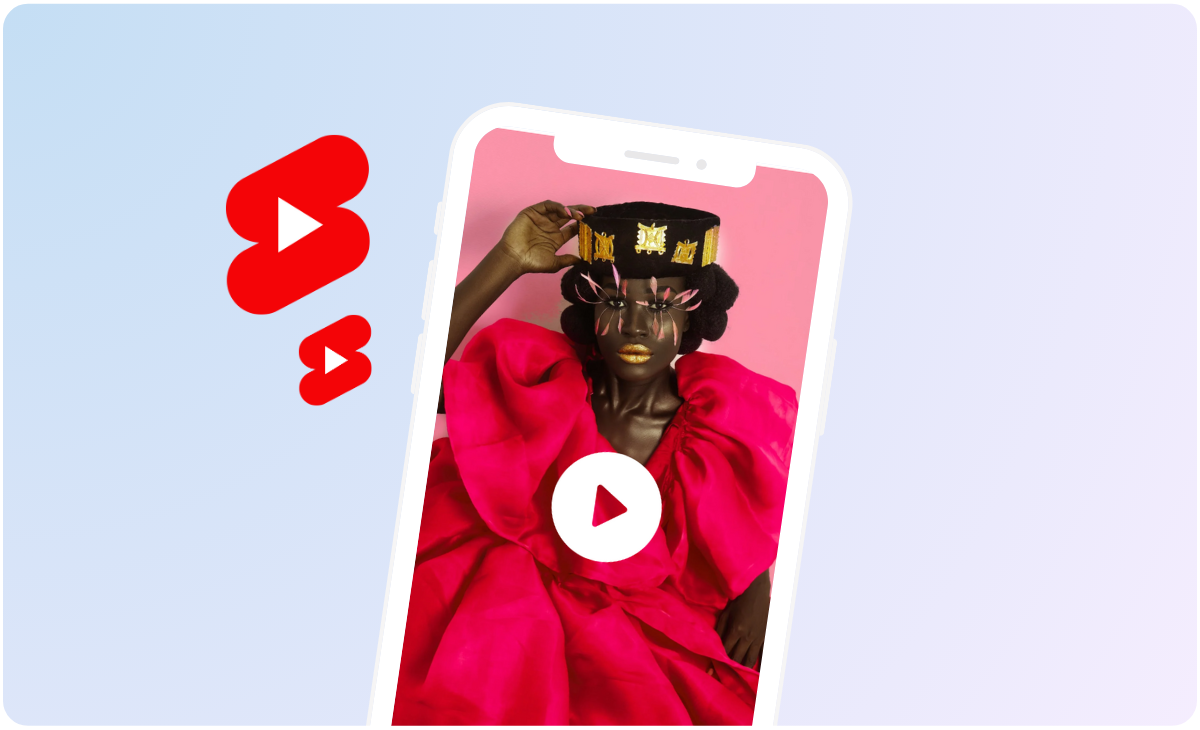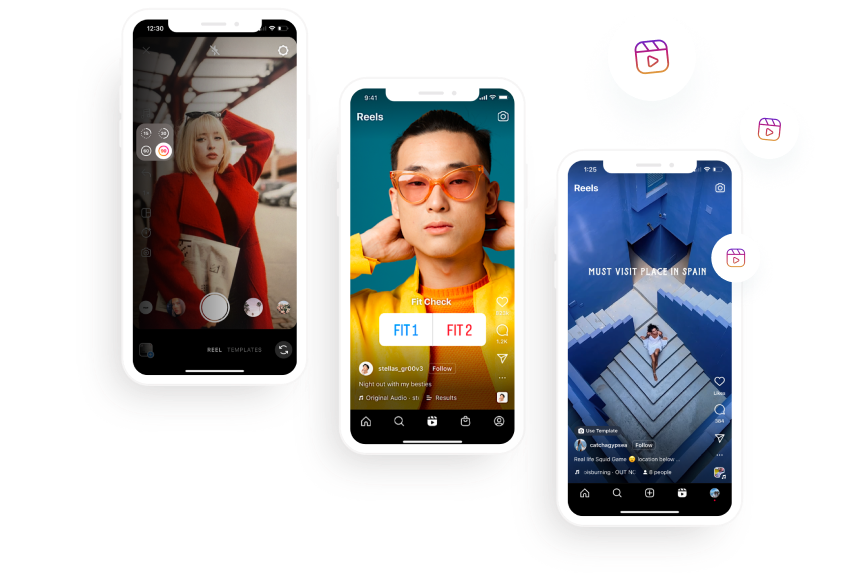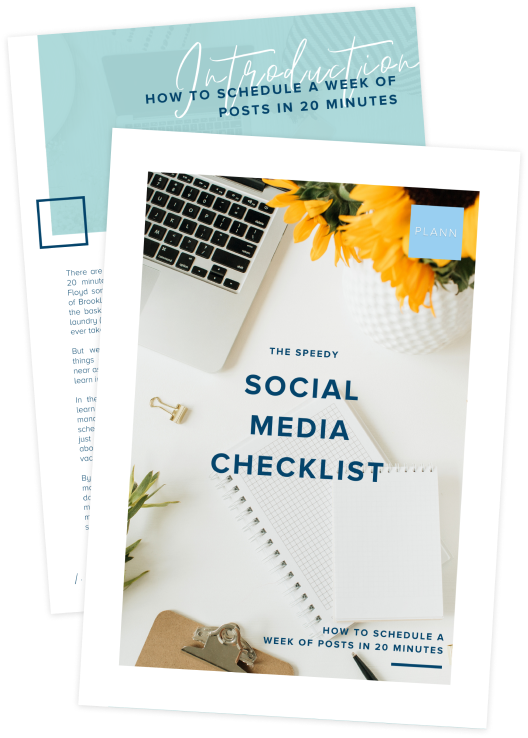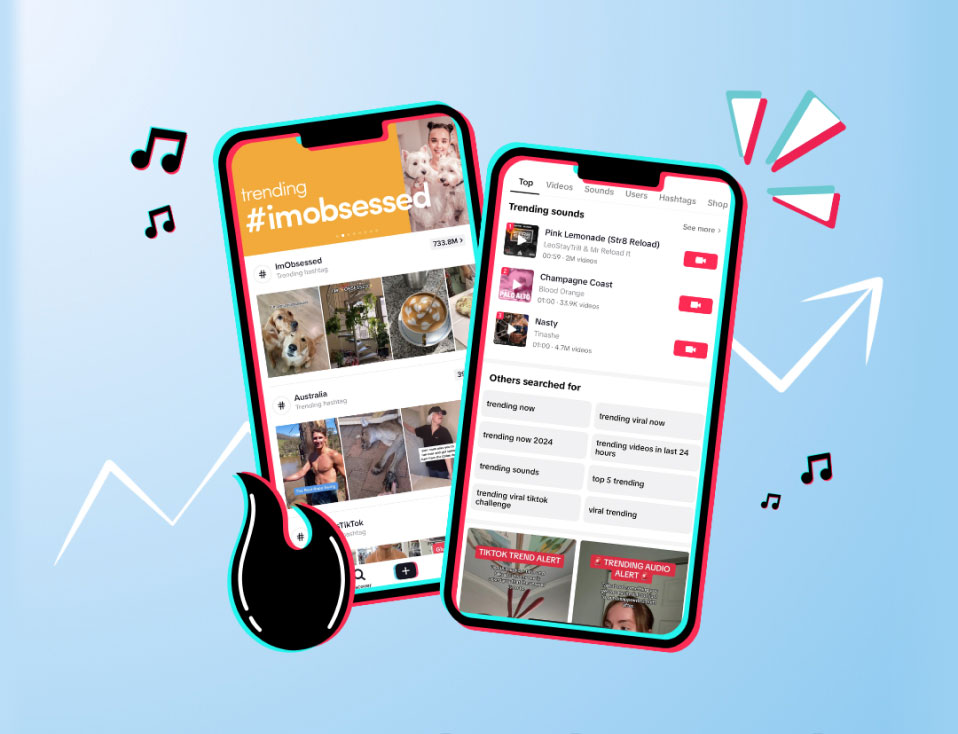On YouTube Shorts, you only have 60 seconds.
How are you going to captivate viewers and prime them to take action?
Whether you’re a content creator or a small business owner looking to grow your brand, YouTube Shorts is a lucrative platform – if you have the right strategy to support your goals.
Below, you’ll find a step-by-step YouTube Shorts guide to help you create captivating content your audience loves, the algorithm recommends and ultimately boosts your subscriber count and bottom line.
How to Create an Effective YouTube Shorts Strategy
Ready to start dominating short-form video content? Here’s the only step-by-step YouTube Shorts best practices guide you need to start bringing in views and attracting your dream audience.
Step 1: Research Your Niche and Audience
Before you start filming a single piece of content for YouTube Shorts, you need to understand your market and the content in your niche that’s already generating results.
Grab a coffee, open YouTube, and prepare yourself for a content deep dive.
Search for creators and brands in your industry and browse search terms related to your areas of expertise and offering. Ask yourself:
• What kind of YouTube Shorts is your audience watching?
• What are the most popular Shorts videos in your niche?
• Why are those videos resonating with your audience?
• How can you go against the grain to produce unique, scroll-stopping videos on YouTube Shorts?
By answering these questions, you’ll avoid creating duds and, instead, hit the ground running with captivating video content your audience wants to watch.
Step 2: Keep Tabs on Similiar Content
Market research is only one reason to watch YouTube shorts of other creators.
The second? The algorithm.
YouTube Shorts monitors user’s watch history and recommends similar content to keep people watching.
By monitoring the algorithm’s preferences, you’ll know what content YouTube serves to your target audience and what style of content to create to end up on their recommended feeds.
Step 3: Start Your Videos With a Hook
Here’s the thing about short-form content: Its popularity is rooted in our dwindling capacity to focus.
Since 2000, our ability to pay attention has decreased by 25%, and humans officially have shorter attention spans than goldfish.
Whelp.
What does that mean for your short and long-form videos? You need to get to the point. Fast. And your hook (a.k.a. the opening frames of your video) is more important than ever before.
Without a reason to keep watching, users will swipe away, and your engagement will plummet.
Your viewed vs. swiped metric also plays an important role in improving your reach. If the YouTube algorithm sees you have a high percentage of viewers swiping away, your video won’t make it to the recommended feed.
So, how do you write a good hook?
Here are some tips:
• Offer to solve a clear problem that your ideal audience is facing
• Ask a relatable question that sparks intrigue and inspires users to keep watching
• Use a pop culture reference (bonus points if its trending!)
• Share an intriguing fact that positions you as a thought leader
• Evoke a strong emotion such as shocking or surprising your viewer
• Open with a joke to build rapport and trust with your audience
Lastly, take it further and put a teaser in your caption. By directing users to click into your caption to learn more, you can send all the right signals to the YouTube app that your content is highly engaging.
Step 4: Do Keyword Research
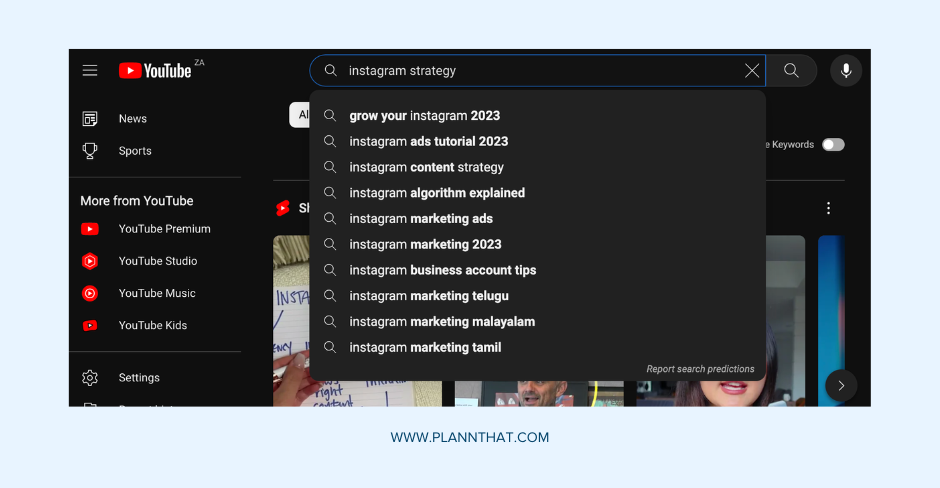
Keyword research isn’t only for SEO blog posts.
Like Google, YouTube crawls your video, creates a script, transcribes it, and looks for keywords.
If you play the game right, you can rank for important keywords on YouTube and the video tab on Google search results.
How do you find the best keywords for YouTube Shorts?
1. Type a keyphrase into the search tab. See what phrases appear in the dropdown list. Those are related words and terms people are searching for on the platform.
2. Use a tool like VidIQ. It’s a specialized keyword research tool for YouTube that will give you additional information like search volume and ranking difficulty.
How do you use keywords in your vertical videos?
- Choose one main keyword.
- Use your main keyword in your title, caption, description and hashtags.
- Mention your keyword in your video.
- Avoid keyword stuffing (a.k.a. overusing the keyword in places that feel unnatural).
- Include related words or phrases.
Step 5: Jump on Trending Sounds
Want to give your YouTube Shorts the best foundation for success? Use trending YouTube music.
It’s much easier for a video to get more views with a popular song than using audio from an obscure artist.
But there is a catch.
You can’t rely on what’s trending on other social media platforms like TikTok or Instagram Reels.
Sometimes, a sound isn’t always trending on both platforms at the same time. Always do your research to double-check that you’re setting your videos up for success.
How do you find what audio clips or songs are trending on YouTube Shorts?
• Tap the “add sound” button when creating your video.
• Select the “top sounds” section.
• Browse the list of trending songs to use in Shorts.
Step 6: Create Catchy Titles
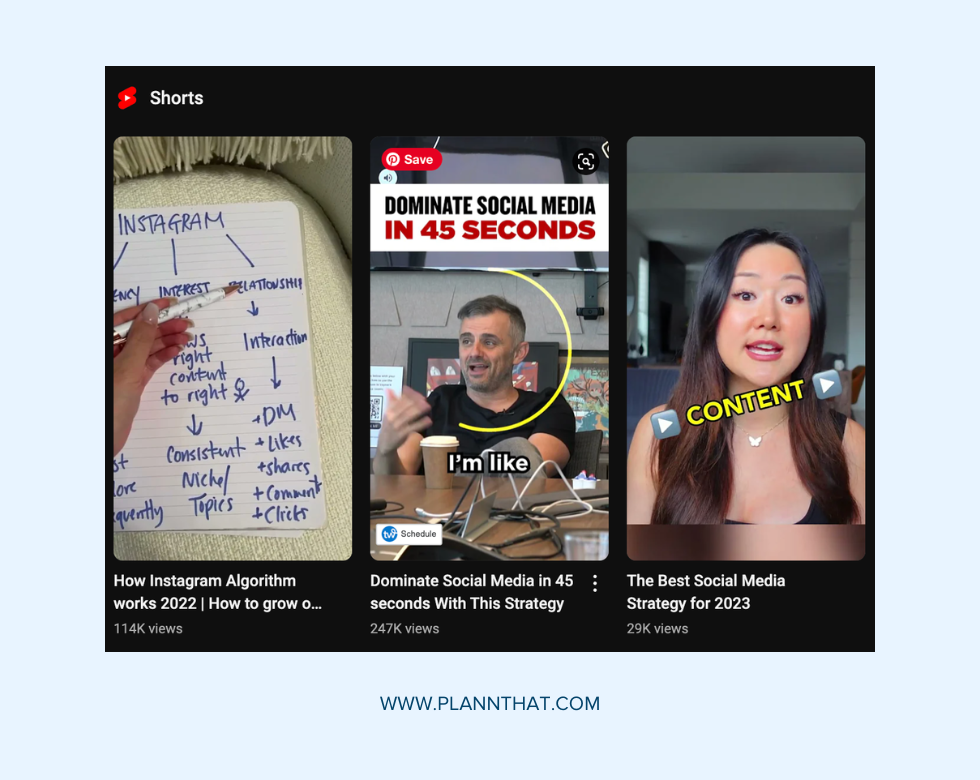
When creating YouTube Shorts, think of titles as your first impression.
It’s your first chance to grab your audience’s attention and stop them mid-doom scroll.
How do you create catchy titles for users and the algorithm?
• Use emojis to add visual interest
• Limit your character count to 50-70 characters
• Add your main keyword to the front of your title
• Accurately describe what your YouTube Short is about
• Add hashtags to your title for improved search visibility
Step 7: Create Custom Thumbnails
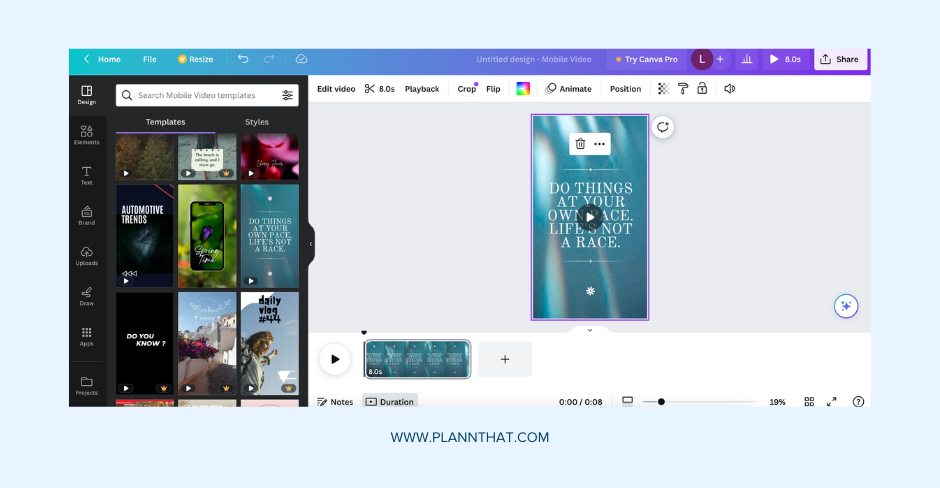
The next step to grabbing attention with your YouTube shorts is a click-worthy thumbnail.
There are two ways to create a custom thumbnail for your short-form video content.
1. Select a specific frame from your video. You can do this during the upload process on the YouTube app, and it’s a quick, efficient way to get the job done.
2. Use Canva. Select the YouTube Short template. Include text overlay to your screen grab and add eye-catching graphics and visual elements to make it stand out. Make sure your thumbnail graphic follows YouTube’s best practice guides (1080 x 1920 pixels for Shorts).
Did you know you can design your YouTube thumbnails (and any social media graphics) directly within your Plann workspace? That’s right, our Canva integration is designed to keep you in the zone and whipping up on-brand graphics for all your social media channels.
There’s only one small catch.
You can’t upload a thumbnail in the YouTube app. You’ll need to include it as a frame at the beginning or end of your video content. Then, select it with the editing tools during the upload process.
Step 8: Find The Best Time to Publish
Timing is everything on social media.
Whether posting on YouTube Shorts or other short-form video platforms, maximizing your views within the first few hours of publishing is key to winning over the algorithm and getting more eyes on your content.
To find the best time to post, go to your Analytics tab and look at the “When your viewers are on YouTube” data. Choose the times when your audience is most likely to be scrolling through YouTube and start experimenting.
The more you post, the more content you’ll have to analyse, and eventually, you’ll get a better benchmark and idea of which times have the biggest impact on your YouTube Short’s performance.
Step 9: Review Your Analytics
The final step in creating a winning YouTube Shorts strategy?
Analyze. Analyze. Analyze.
Once you have a couple of short-form videos up and the views start trickling in, keep tabs on our key performance indicators (KPIs).
Use your data to make educated decisions on what content is performing well and what you need to change to avoid another flop.
For example, if one video starts gaining traction, ask yourself why. Is it the topic? The style of video? Or your hook?
Once you’ve identified what you’ve done well, figure out how you can replicate it for future videos.
Stay Consistent Creating Short-Form Video Content
By following this rinse-and-repeat nine-step process, you’ll uncover the YouTube Shorts strategy that works best for your YouTube channel.
But none of these steps will work if you’re not consistent.
Posting YouTube videos sporadically won’t give you the traction you need to grow your audience, and the fewer pieces of content you have circulating, the fewer chances you have of reaching your YouTube Shorts goals.
Sign up for a free 7-day trial Plann today and create your first post in less than 5 mins, no credit card required! With Plann, you can effortlessly keep track of all your social media platforms from one dashboard, quickly repurpose content, and get an up-to-date list of the top trending songs and sounds. What are you waiting for?
